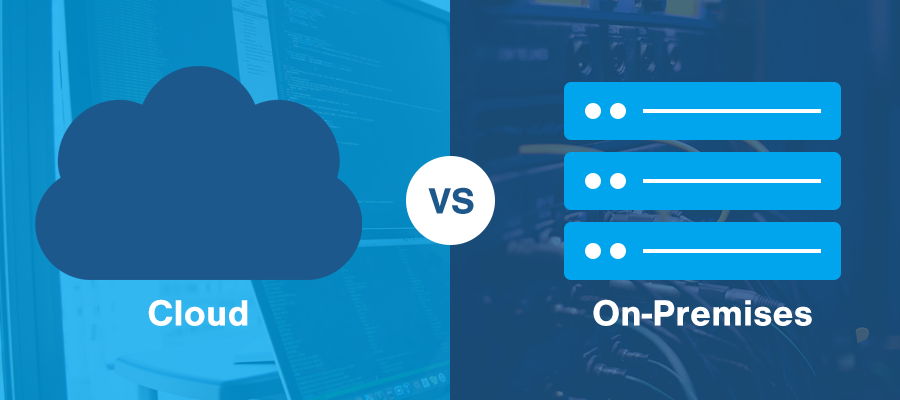To cloud or not to cloud? As cloud computing has become increasingly entwined with virtually every workflow you can name, selecting a cloud solution seems easier than ever.
For content creators, the cloud is absolutely the right choice in many instances. With its ability to deliver computing services such as servers, storage, databases, software, and more directly over the Internet, cloud computing proves to be a perfect fit with—and probably a major driver of—the evolution of virtualized video production plants.
In 2007, we introduced our first cloud-based solution with iCap, our breakthrough closed captioning and subtitle delivery network. We saw firsthand how the many advantages of the cloud directly benefited broadcasters: The cost savings, speed and productivity gains, reliability, and security of cloud applications were a natural fit for efficiently connecting broadcasters to live captioners.
As iCap usage grew significantly and established itself as the industry standard for IP-based live closed captioning, we saw demand for the solution grow far beyond the original broadcast user base it had been designed for. Additional sectors started catching on to iCap (and Lexi, our automatic cloud captioning service), including corporate AV, government, live events, and more.
Around the same time we saw increased adoption of these solutions, EEG started receiving an interesting request from some customers: Could we make these cloud-based applications available without being on the cloud?
Data Security and Cultural Shifts
While cloud-based closed captioning had proven itself to be highly reliable, changes in culture, as well as the way captioning is used, made interesting cases for an alternative offering of iCap and Lexi. For certain corporate and government customers, versions of these captioning solutions that lived entirely on-premises on in-house servers, never touching the cloud or the Internet, had become preferable.
The call for these on-prem offerings reflect a broader societal change, where data privacy has become paramount to people and businesses. With corporations and government agencies becoming increasingly responsive to the call to meet Americans with Disabilities Act (ADA) regulations and provide improved accessibility, organizations have come to the realization that the captioning files they generate must be held to the same strict standards they have for other proprietary data in their organizations.
iCap and Lexi both have high security by design. But IT professionals tasked with performing a security audit on these—or any other cloud-based applications their companies use—have demonstrated that having an on-premises option is helpful. Once an off-the-cloud version becomes available, the considerable time and expense of a security audit can be bypassed: The solution is installed on their own servers, running on an internal network away from the Internet.
Tackling The Tradeoffs of Going Local
Lexi Local was launched by EEG to address this exact need, delivering live, automatic captions on-premises and off the cloud. With Lexi Local, users have elevated security and greater control over their data while achieving the same level of performance, precision, and quality as Lexi, the cloud-hosted companion product.
Experienced engineers understand that everything has a tradeoff, and opting for an on-premises version of a cloud-based application is no different. While security and control factors are significantly increased, many of the conveniences of the cloud must be sacrificed: Lost are the instant-on gratification, easy setup, automatic live updates, and remote screen takeover tech support that we’ve all become accustomed to with cloud services.
Deciding to go local can mean giving up all of those benefits in order to provide assurance of the highest possible data security, as well as reliability for disaster-planning scenarios. Entities that go on-premises become the owners and operators of these solutions, taking on the responsibility of integrating them cleanly within their IT infrastructure, monitoring and updating them, and keeping the solutions fully operational.
Cloud vs. On-Premises: Deciding Factors
For a certain contingent of content creators, the tradeoffs of going off the cloud are proving to be worth it. Lexi Local has been adopted by a number of government and military agencies, as well as public companies who want to ensure that internal corporate communications—from CEO videoconferences to HR training—containing proprietary internal data are entirely off the cloud.
So how can users of cloud solutions, like Lexi, decide whether to switch to a local, on-premises version?
When considering your options, think of the cloud solution as the default. Cloud generally offers a reliable and time-efficient solution that's secured according to industry best practices and will be consistently updated and supported by the vendor.
The local solution moves to the forefront when an organization says, "The privacy of this data is a non-negotiable point. We want to internalize that aspect of this solution and control it our way." If that’s your scenario, then the on-premises solution is the right choice for your organization.
As new innovations continue to unfold, it’s safe to say that more and more will be cloud-based. Alongside, however, is a growing understanding among companies, government agencies, and IT professionals that cloud computing isn’t ideal for every software (SaaS), platform (PaaS), and infrastructure (IaaS) application imaginable.
Some data should never touch the cloud. That’s why local, on-premises versions of cloud-based applications will continue to see expanded availability, so users won’t have to choose between their favorite tools and maximum data security.
Bill McLaughlin is VP of Product Development at EEG.

